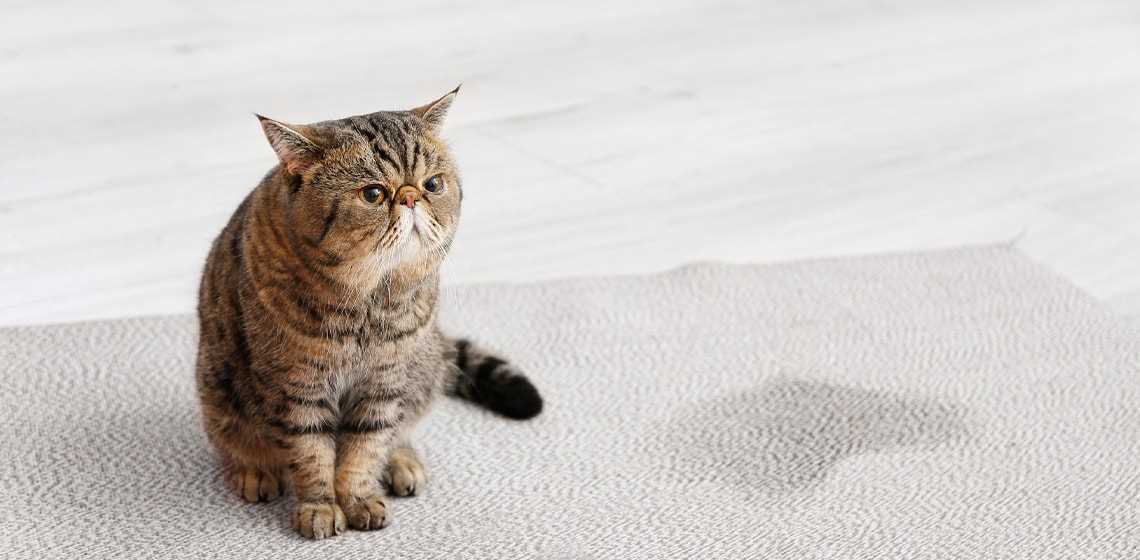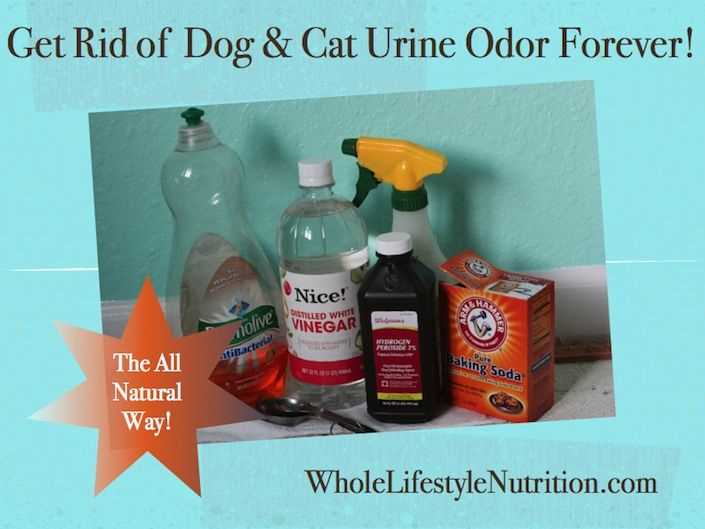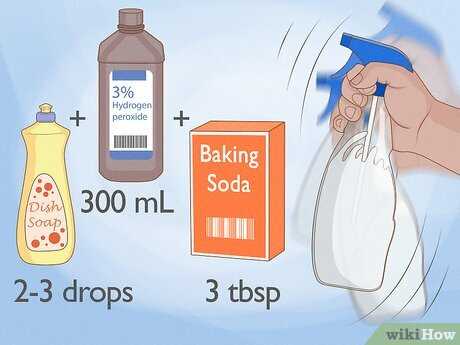



Vinegar is a powerful ally in tackling unpleasant odors. Mix equal parts of white vinegar and water in a spray bottle. Lightly mist the affected area and let it sit for about 10-15 minutes. Blot with a clean cloth to soak up the moisture.
Baking soda works wonders too! Sprinkle a generous amount directly onto the spot. Allow it to sit for several hours or overnight. Vacuum thoroughly afterward to remove any residue and the unpleasant aroma.
For persistent issues, enzymatic cleaners are a great choice. These products break down odor-causing substances. Apply as directed, ensuring to saturate the area well. Follow up with a rinse if necessary.
Regular maintenance can prevent future problems. Use a fabric refresher or a specific upholstery cleaner to keep things fresh. Establish a routine to check for any signs early on.
Removing Unpleasant Odors from Furniture

First, gather the following items: white vinegar, baking soda, and a spray bottle. Mix equal parts of vinegar and water in the bottle. Spray the affected area generously. Vinegar neutralizes odors effectively.
Next, sprinkle baking soda over the damp area. This will absorb lingering scents. Allow it to sit for at least 15 minutes before vacuuming it up.
For persistent odors, create a paste with baking soda and a small amount of water. Apply it to the affected spot, let it dry completely, then vacuum it off.
Consider using enzymatic cleaners specifically designed for biological stains. Follow the instructions on the label for the best results.
Regularly check for any remaining odors after treatment. If necessary, repeat the process until fresh air returns to the area.
Lastly, ventilate the space well. Open windows and allow fresh air to circulate to help eliminate any residual scent.
Identify the Source of the Odor
First, check for any visible stains on the fabric. Use a blacklight to reveal hidden spots that might not be apparent during the day. The light will cause any remnants to glow, making it easier to locate them.
Next, pay attention to the areas where I usually lounge. Cats tend to return to the same spots, so monitoring my favorite resting places can reveal trouble zones. Move cushions and inspect seams for any signs of liquid absorption.
Use your nose! Sniff around the suspected areas. A lingering scent can indicate where the issue lies. If you detect a stronger odor in a specific spot, focus your efforts there.
Consider the frequency of incidents. If certain areas are more prone to accidents, they may need additional attention. Keeping track of these locations can help in finding the root cause.
Lastly, think about any changes in my environment. New furniture, stress, or changes in routine can influence behavior. Identifying these factors can be crucial in preventing future occurrences.
Gather Necessary Cleaning Supplies
To tackle the issue effectively, I recommend having these items ready:
| Item | Purpose |
|---|---|
| White vinegar | Neutralizes odors and breaks down stains. |
| Baking soda | Absorbs persistent scents and helps with stain removal. |
| Dish soap | Effective for cleaning and removing residue. |
| Hydrogen peroxide | Disinfects and helps eliminate odors. |
| Spray bottle | For easy application of cleaning solutions. |
| Soft cloths or paper towels | For blotting and cleaning surfaces. |
| Enzymatic cleaner | Specifically designed to break down organic materials. |
Having these supplies on hand will make the cleaning process smoother and more effective!
Apply Homemade Cleaning Solutions

I recommend using a mixture of white vinegar and water. Combine one part vinegar with one part water in a spray bottle. Spritz the affected area generously. Let it sit for about 10-15 minutes before blotting it with a clean cloth. This solution neutralizes odors effectively.
An alternative is baking soda. Sprinkle it over the damp spot after treating it with vinegar. Leave it for several hours or overnight, then vacuum it up. This helps absorb any lingering scents.
For an extra boost, consider adding hydrogen peroxide to the vinegar mix. Use a ratio of 1 cup of hydrogen peroxide, 1 cup of water, and 2 tablespoons of dish soap. Apply it to the area, but test a small spot first to ensure it won’t discolor the fabric.
After cleaning, let the area air dry completely. This helps in eliminating any remaining traces. If you want to enjoy a delicious meal while you clean, check out this how to cook pork chops on the skillet recipe for a tasty distraction!
Use Commercial Odor Neutralizers
For stubborn odors, commercial neutralizers offer powerful solutions. Look for enzymatic cleaners specifically designed for removing pet-related odors. These products break down the compounds causing the unpleasantness, effectively eliminating them rather than just masking the scent.
Choosing the Right Product
When selecting a cleaner, check the label for ingredients. Opt for those containing enzymes like protease and amylase, which target proteins and starches found in organic materials. Brands like Nature’s Miracle or Rocco & Roxie are popular among pet owners and can be found in most pet supply stores.
Application Tips

Before applying, test the product on a hidden area of the fabric to ensure it doesn’t cause discoloration. Follow the instructions carefully, usually involving saturating the affected area and allowing it to sit for a specified time. Afterward, blot with a clean cloth and let the area air dry completely.
Regular use of these commercial solutions can help maintain a fresh environment and prevent the return of unwanted odors.
Implement Proper Drying Techniques
Immediately after cleaning, focus on thorough drying. Use a fan directed at the damp area to enhance airflow, which helps evaporate moisture quickly. Alternatively, consider placing absorbent towels on the cleaned spot; they will soak up excess liquid. Replace them regularly until no moisture is evident.
For deeper penetration, utilize a wet/dry vacuum if available. This device effectively extracts moisture, reducing drying time significantly. If the weather permits, taking the sofa outdoors can aid in natural drying, benefiting from sunlight and fresh air.
Ensure the area remains well-ventilated throughout the drying process. Leaving windows open or using a dehumidifier can assist in preventing any lingering odors. Remember, moisture retention can lead to persistent issues, so prioritize complete drying to maintain a fresh environment.
For insight on keeping your furry friend healthy, check out the best cat food for cats with ibd.
Prevent Future Incidents

To avoid unwanted surprises, make my litter box easily accessible and ensure it’s always clean. Regularly scooping out waste keeps the area inviting. I prefer a fresh environment, so consider changing the litter frequently.
Designate specific areas for play and rest. Keeping my favorite spots free of distractions can help in avoiding accidents. If I have a cozy and safe place, I’ll be less likely to mark territory elsewhere.
Provide Enrichment
Engage me with toys and activities. Boredom can lead to misbehavior. Rotate toys and introduce new ones to keep my interest alive. Scratching posts and climbing towers help channel my energy positively.
Stay Observant
Pay attention to changes in my behavior. If I seem anxious or start avoiding the litter box, it may indicate stress or health issues. Regular vet visits ensure I’m in good shape and can help prevent any accidents.









